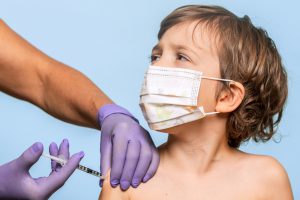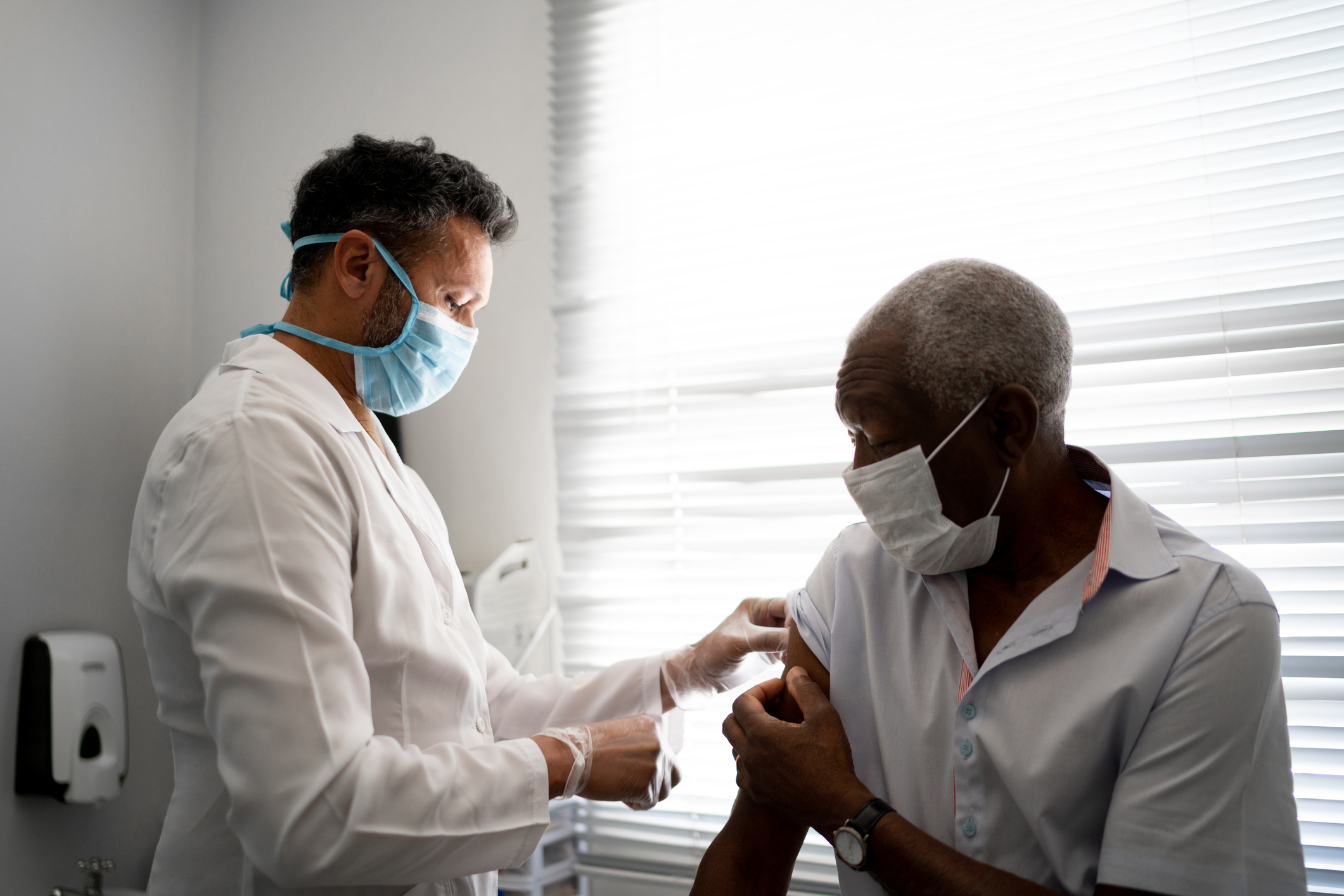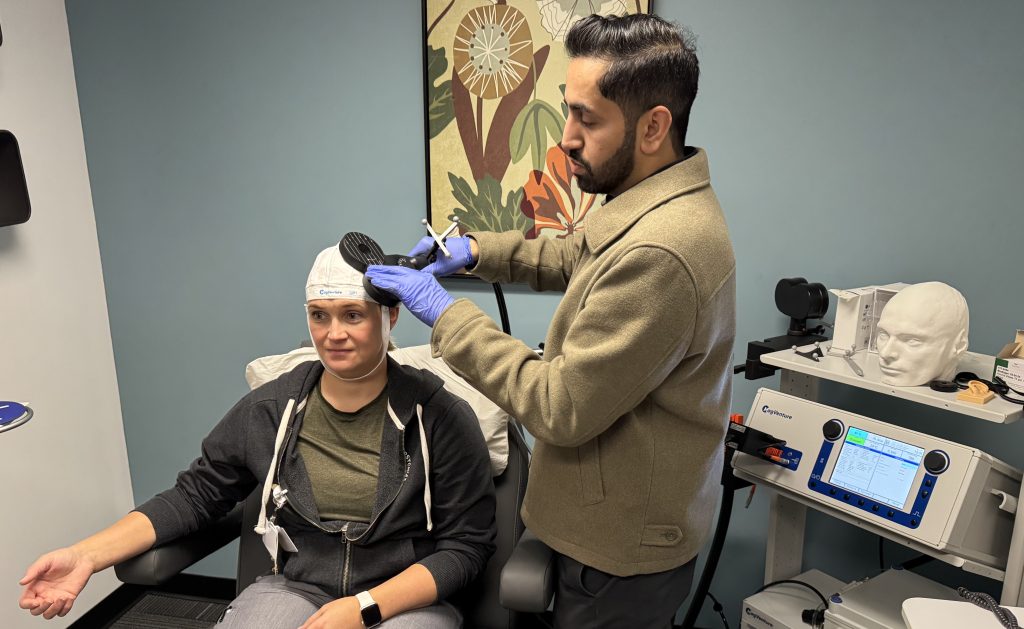This winter, we could face a flu season like no other. In the midst of the coronavirus pandemic, it’s possible to become sick with the flu and COVID-19 at the same time. You don’t want to risk being infected with both because, as reported in the Journal of the American Medical Association, people infected with COVID-19 and flu may be more likely to be hospitalized with severe and sometimes deadly disease.
Getting a flu shot now may also help conserve potentially scarce health care resources like personal protective equipment (PPE), and reduce the burden on healthcare systems as they respond to the COVID-19 pandemic.
“For these reasons, it’s more important than ever to get the flu vaccine,” says Bill Isenberg, M.D., Sutter Health’s chief quality and safety officer. “As we await a vaccine for COVID-19, we very strongly encourage people to get flu shots to boost their immunity and protect themselves and the people they love from the flu.”
“Even without the added threat of COVID-19, getting a flu shot is one of the most important things you can do to help lower your risk for getting sick with the flu, avoid suffering through days or weeks of illness and help prevent spreading the infection to those around you, at home, at work and in the community,” says Sutter Health’s medical director of Pharmacy and Infection Control, Jeffrey Silvers, M.D.
According to the Centers for Disease Control and Prevention (CDC), every year more than 200,000 people in the U.S. are hospitalized for flu, and typically around 50,000 die from it. A flu shot is important even if you’re staying home more—or working from home—because you still face potential exposure to the influenza virus, which you can then spread to others.
When should you get the flu vaccine?
“Timing is important,” says Dr. Silvers. “The CDC recommends people get vaccinated for influenza before the flu begins spreading in the community, since it takes about two weeks after vaccination for antibodies to develop and begin to provide protection.”
In the U.S., flu typically begins circulating in October. That means the ideal time to get vaccinated for flu is late September through early October –but December is not too late!
“Vaccination is still beneficial as long as flu viruses are circulating…it can still be protective to get vaccinated through December or later,” says Dr. Isenberg. “The influenza season usually peaks in January or February, but sometimes the virus is still circulating in the community as late as May.”
How can you get a flu shot?
- The process to get a flu shot will be different this year because of COVID-19.
- Vaccination at your Sutter-affiliated doctor’s office is by appointment only.
- Existing patients can schedule appointments through the patient portal My Health Online or by phone.
- Sutter Walk-in Care offers same day appointments for flu shots, whether you are an established Sutter patient or not.
Who should get this year’s flu shot?
- For nearly everybody, getting an annual flu shot remains the first and most important step to help prevent the spread of the flu—you don’t want to get the flu and COVID-19.
- Getting the flu shot is especially important for people in high-risk groups: pregnant women, elderly, children under five and those with other health conditions.
- The CDC recommends everyone six months and older get a flu shot every year.
- The CDC recommends a flu shot for all women who are pregnant during flu season. (Pregnant women should not receive the nasal spray vaccine.)
Make sure kids are up to date on vaccinations
 Dr. Isenberg says it’s also a good idea, before flu season is in full swing, to make sure children are up to date on their vaccinations including chickenpox, Diphtheria, tetanus, and whooping cough (DTaP), Measles, mumps, rubella (MMR) and Polio.
Dr. Isenberg says it’s also a good idea, before flu season is in full swing, to make sure children are up to date on their vaccinations including chickenpox, Diphtheria, tetanus, and whooping cough (DTaP), Measles, mumps, rubella (MMR) and Polio.
To find a Sutter primary care physician, click here.
Is it safe to go to the doctor’s office or Sutter Walk-In-Care?
Sutter Walk-In Care centers and Sutter-affiliated doctor’s offices have taken several steps to help minimize spread as the pandemic continues. These measures include mandatory masking for patients and visitors, performing extra cleaning and disinfecting, and screening employees before each shift.





